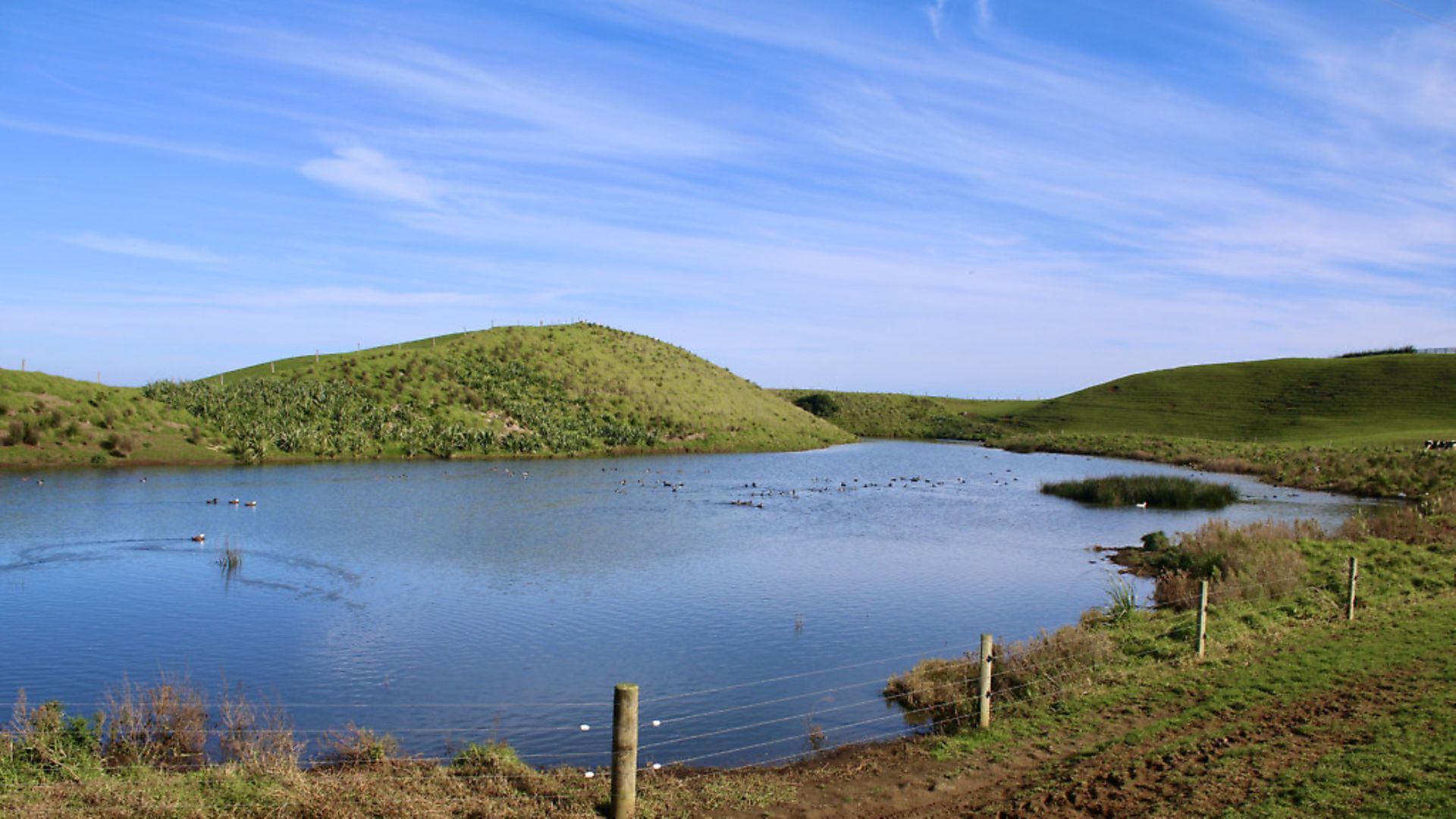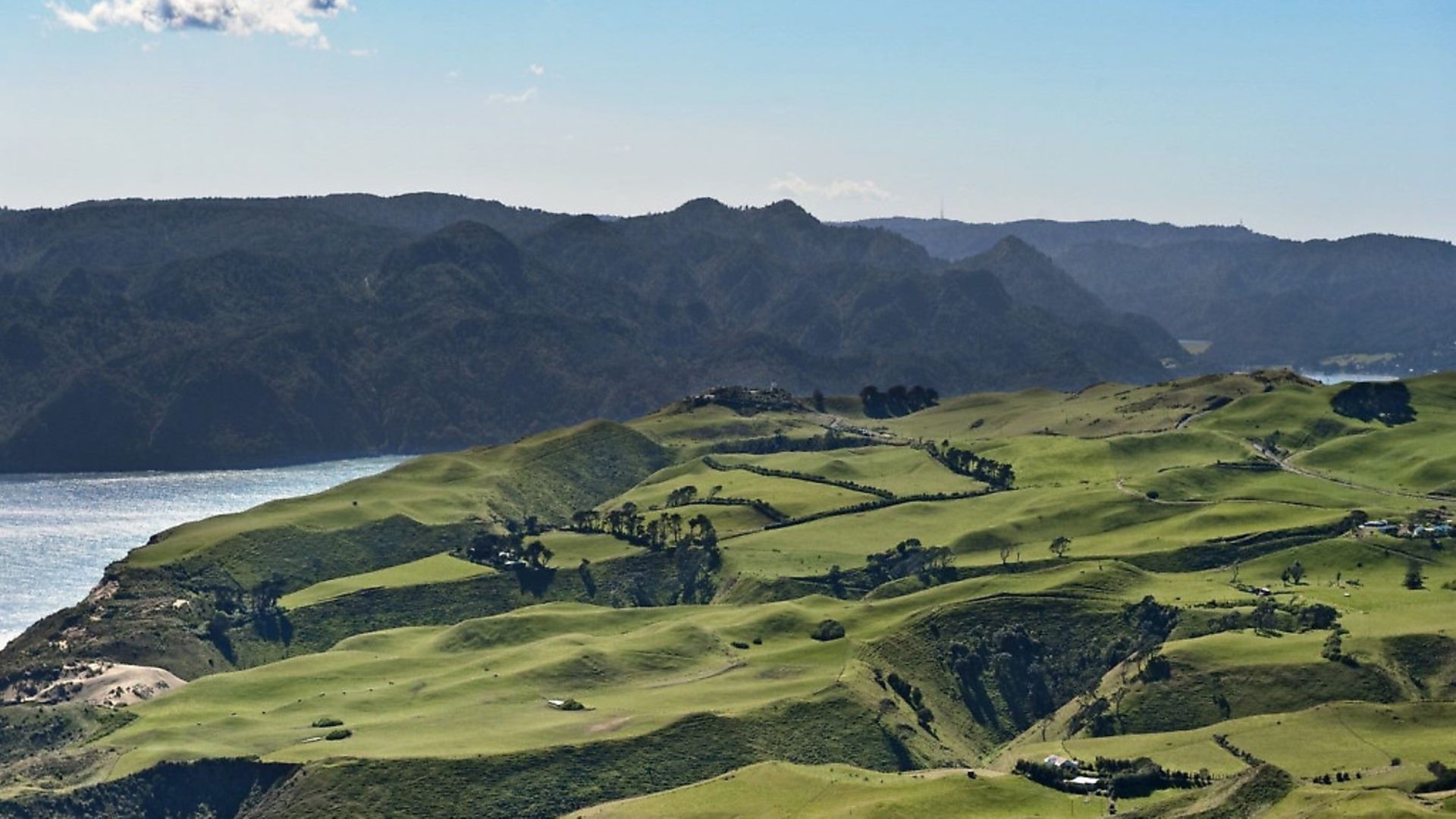Dr Kenny Nutting of St David’s Game Bird Services gives an overview of a New Zealand shoot & hatchery that survived Covid & is prepping for the 2021 season!
 credit: Archant
credit: Archant
By: Dr Kenny Nutting BVetMed MRCVS, St David’s Game Bird Services
At St David’s Game Bird Services, as well as working across the United Kingdom and Ireland, we are also lucky enough to take our work and consultation abroad. I was particularly interested to hear from a client of ours in New Zealand, which has a shoot, rearing and hatchery set-up, to learn more about how COVID-19 has impacted their shooting and rearing seasons.
As a bit of background, ex-pat Guy Ralph and his business partner James Kellow started a new venture when they took on the Lighthouse Station, Manukau Heads, Auckland New Zealand – a driven shooting estate – with laying hens, a hatchery and rearing set up, providing bespoke shooting days for New Zealanders looking for high-end shooting with breath-taking scenery.
Whilst pheasants are not native to New Zealand, according to online sources the first ‘common’ pheasants were introduced in the Canterbury area from Great Britain as far back as 1842, with populations becoming established in both the North and South islands in the decades that followed.
 credit: Archant
credit: Archant
The challenges of the setting
One of the greatest problems and biggest challenges that I have identified since working with Guy is the impact that the outside temperature can have on the birds, particularly when they are chicks, and the struggle to counterbalance that through careful environmental management. Temperatures at the Lighthouse Station often rise to over 30 degrees, and so it is important that the shed is kept cool inside to protect the development of the chicks during this crucial time.
On average, the Lighthouse Station has 1,300 laying hens, producing up to 10,000 chicks per hatch. In 2019, the site experienced an increase in disease issues among their layer hens, and so in the lead up to the 2020 season, our consultancy work focused on implementing a robust disease reduction plan to better protect the health of the birds and to sustain good production levels.
In order to monitor disease levels, we liaise with local laboratories on the ground, who take samples and run tests so that we can review and provide treatment and prevention protocols.
The challenges posed by Covid 19
Similar to here in the UK, New Zealand also faced challenges throughout the 2020 season due to the impact of restrictions imposed following Covid. The team continued to work through the shooting season during the peak of the pandemic in the country, and indeed a large percentage of shoot days were cancelled. However, despite this, the Lighthouse was fortunate enough to be able to reallocate shoot days and managed to have around 16 very successful days with guns on the ground.
Looking forward to the 2021 season which starts 1st May in NZ, the Lighthouse Station have so far produced two batches of birds, with the first batch now released, and the second batch at around 28 days old are doing very well. The birds are looking strong, and similarly to game farmers and keepers in the UK, the team are looking forward to a busy and much smoother season, leaving the challenges of 2020 behind them.
In the coming months we will be continuing to work on disease reduction strategies and efficiencies on site to better improve the health and welfare of the birds, as well as streamlining the laying, hatchery and rearing processes to increase returns for the shoot.
We can hold hope in the fact that the same process can happen for us here in the U.K as we start that progression into the 2021/22 season.